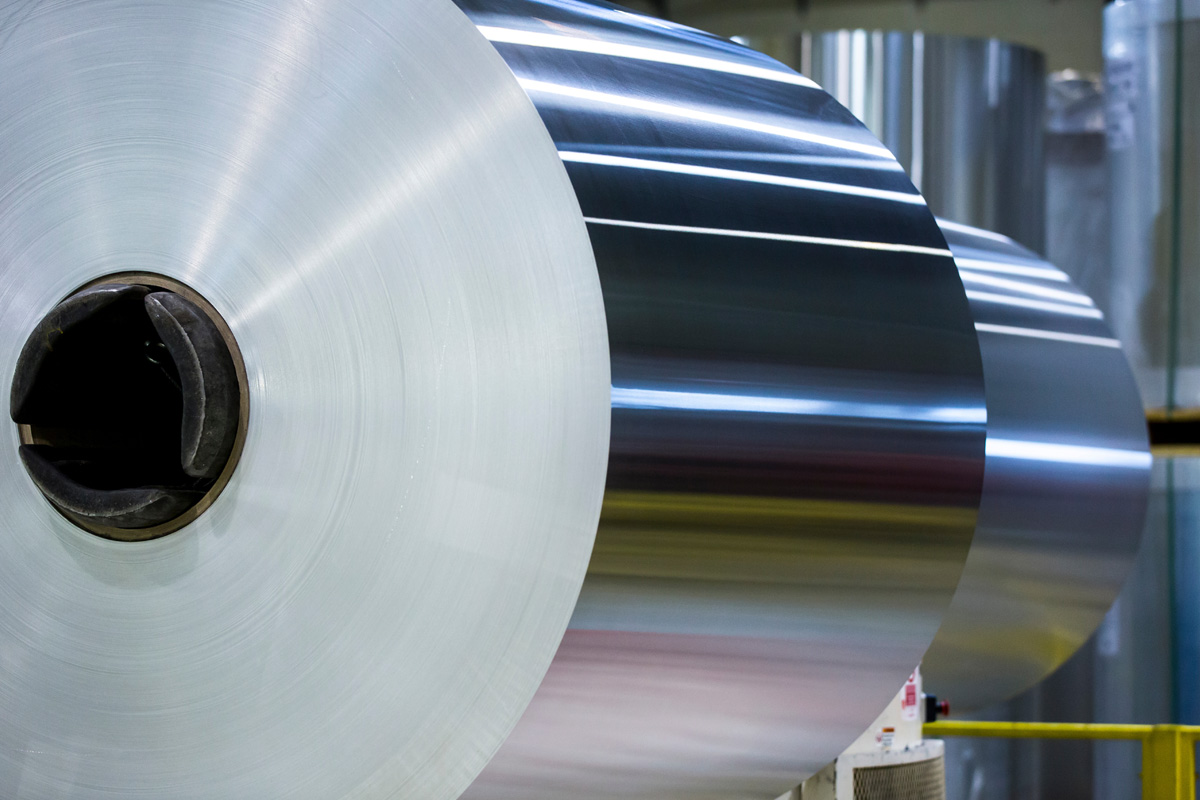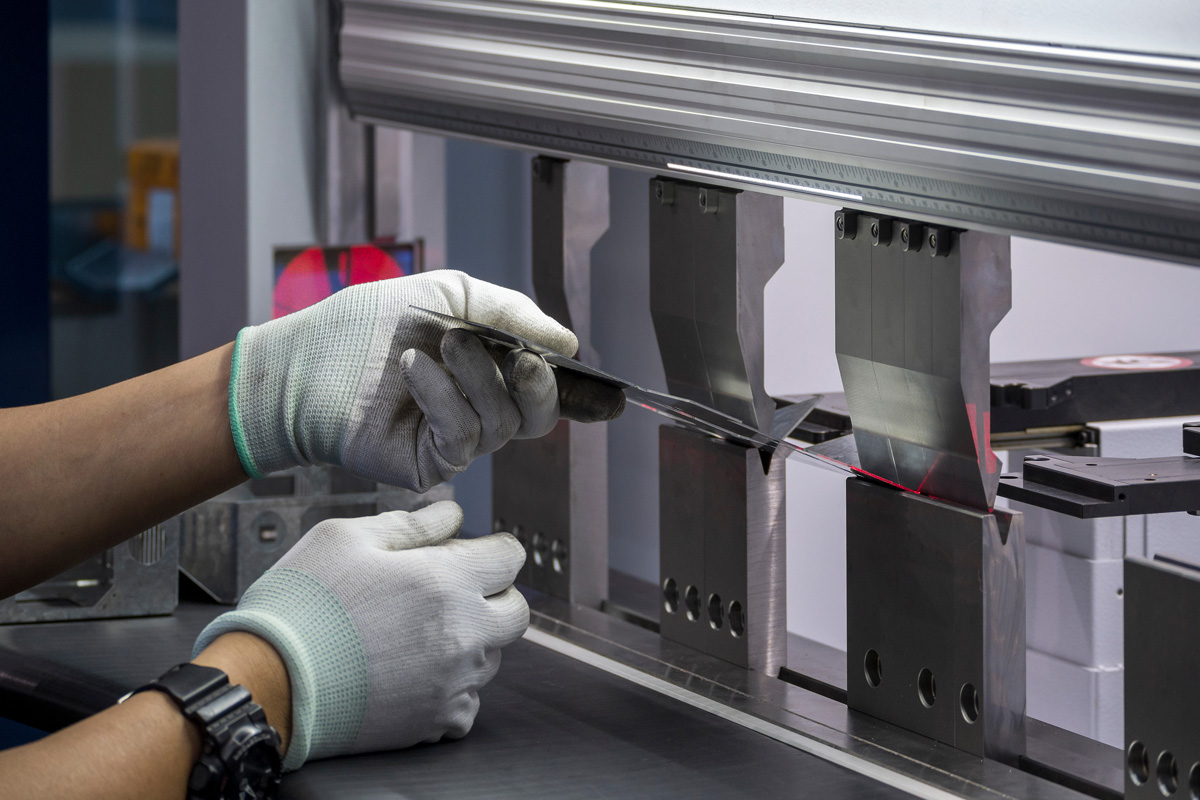Understanding Sheet Metal Fabrication and its Processes
Sheet metal is used across industries to manufacture parts and products we use daily. Everything from electronics enclosures and vehicle panels to aeroplane wings and HVAC ductwork involves some form of sheet metal fabrication during the manufacturing process.
This article explores the fundamentals of sheet metal fabrication including primary processes and applications across industries.
What is Sheet Metal Fabrication?
Sheet metal fabrication refers to processes for transforming flat raw metal stock into customized, formed parts with desired shapes and dimensions. It encompasses a variety of techniques, machinery and workflows for bending, cutting, and assembling metal. From concept to completion, sheet metal fabrication is a dynamic and essential discipline that finds applications across various industries, showcasing the seamless integration of art and engineering in the world of manufacturing.
What are the Common Sheet Metal Materials?
Sheet metal most commonly consists of aluminium, steel, stainless steel, copper and titanium alloys in thicknesses ranging from 0.5mm to 6mm. Material selection depends on strength, corrosion resistance, weldability and budget needs.

What are the Fabrication Processes?
Sheet metal fabrication involves various processes such as design, cutting, bending and forming, punching, welding, machining, finishing and coating, as referred to below, to transform flat metal sheets into diverse components and structures.
Design
The sheet metal fabrication process begins with part design using CAD software. Skilled designers create 3D models and technical drawings that fully detail the necessary material specifications, dimensions, bend angles, hardware requirements, and any other manufacturing instructions required by the fabricator. This step is crucial to ensure the manufacturability and quality of the finished components.
Sheet Metal Cutting
Cutting blanks accurately prepares flat metal stock for subsequent forming operations through shearing, punching, machining and laser cutting. Cutting tables utilize CNC precision to automatically produce properly sized sheet blanks that meet material specifications laid out in the parts design requirements. Advanced tooling ensures fast cycle times and minimal material waste. This cutting step occurs early in the process to form metal blanks for the subsequent fabrication steps.
Bending and Forming
Our CNC brake press technology allows efficient and precise bending of metal sheets into a variety of angles and forms per the part design intent. Fabricators tool up with a range of radius dies and stamps to form custom flanges, lips, panels and enclosure shapes determined by the customer prints. Maintaining tight tolerances for proper fit and assembly is crucial for part quality.

Punching
Punching uses speciality dies and tooling along with powerful hydraulic or servo electric presses to create small, precisely positioned holes in sheet metal components. As an efficient alternate to drilling, CNC punch presses rapidly stamp mounting holes for fasteners, wires, struts, and alignment features dictated in component drawings. This facilitates faster production with reliability when hole location tolerances up to +/- .005” are acceptable.
Welding
Welding joins cut and formed sheet metal fabrications into larger assemblies and enclosures by permanently fusing them. Based on strength needs and geometries, choose from multiple types – spot welding, MIG/TIG or laser welding bond sheets. Fixtures ensure proper alignment as automated or manual techniques make repeatable welds around the assembly. Final function testing validates weld integrity meeting specifications before product shipment.
Machining
Milling, drilling, grinding, and additional machining operations create holes and features for hardware attachment points, rapid installation, airflow, cabling access or fixturing needs per sheet metal part designs. Combining forming capabilities with precision boring and complex routing maximises fabrication flexibility. This delivers customer parts ready for integration and end use.
Finishing & Coating
Before shipping fabricated and joined sheet metal products to buyers, fabricators apply various finishing processes to improve appearance, durability, and functionality. Common secondary finishing methods include cleaning, smoothing, painting, powder coating, hot dip galvanising, electroplating, anodizing, metallic coating, passivation, and more. Finishing steps enhance aesthetic qualities and prevent corrosion.
Industries we work with
Our precision sheet metal fabrication expertise allows us to deliver solutions across diverse industries with unique fabrication needs including aerospace, defence, automotive, construction, specialist vehicle conversions and rail and tunnelling industries.







